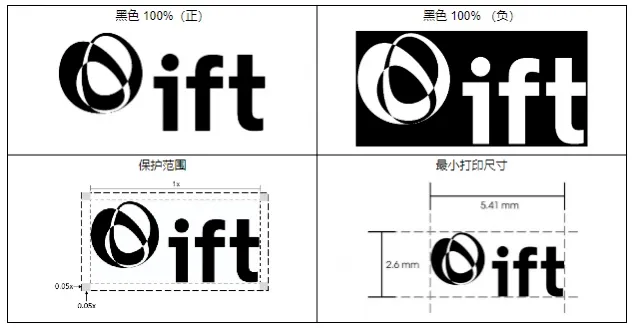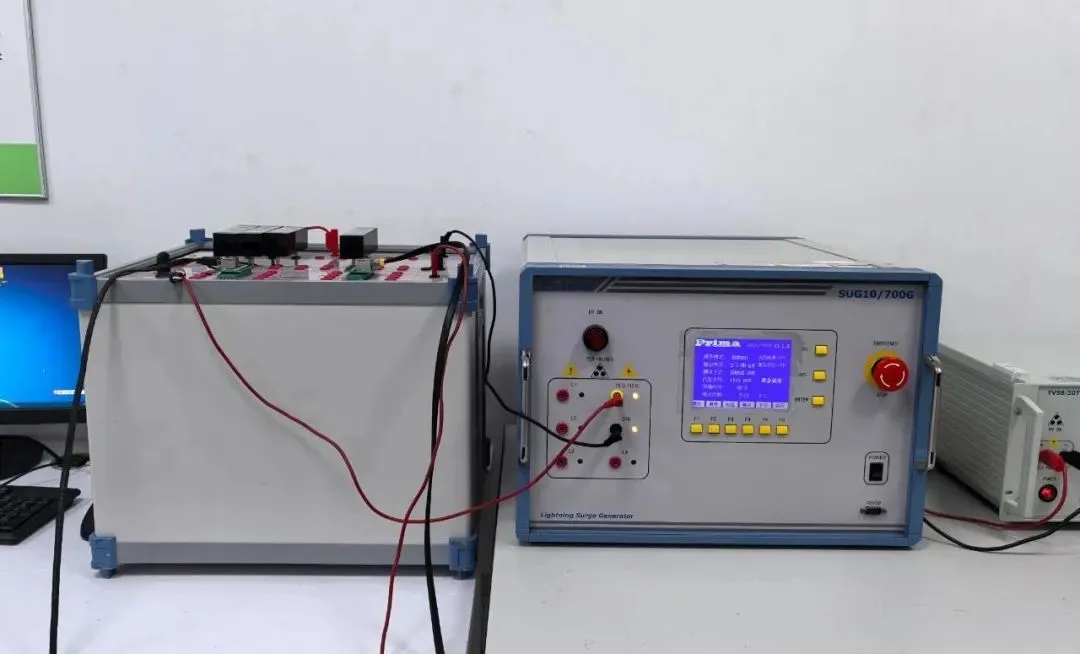
Bookshelf CPSC Certification Testing Program
The CPSC Certification testing for bookshelves primarily refers to a series of safety performance tests conducted on bookshelf products—especially children's bookshelves—to ensure compliance with the relevant regULations and standards of the U.S. Consumer Product Safety Commission (CPSC).
Background and Necessity of Testing
1.Background:
The CPSC is a U.S. government agency responsible for consumer product safety. It has established a series of safety regulations and standards specifically for children's products. Bookshelves, especially those designed for children, are products that may be accessed and used by children and therefore must undergo cpsc testing to ensure their safety.
2.Necessity:
Conducting CPSC testing is a mandatory requirement for bookshelf products to enter the U.S. market, especially on online platforms such as Amazon. Products that have not passed CPSC testing and obtained the relevant certification are not permitted to be sold in the U.S.
Testing Items and Scope
CPSC testing for bookshelves primarily includes the following items:
1.Physical and Mechanical Performance testing:
In accordance with ASTM and other relevant standards, children's bookshelves are tested for stability, strength, durability, and the absence of sharp edges. These tests are designed to ensure that the bookshelf will not collaPSE, break, or pose any safety hazards during normal use.
2.Heavy Metals Testing:
This test checks whether the content of heavy metals such as lead and cadmium in the bookshelf complies with the limits set by the Consumer Product Safety Improvement Act (cpsia). Excessive levels of heavy metals can seriously impact children's health, making this test critical.
3.Formaldehyde Emission Testing:
If the bookshelf contains wooden materials, it must undergo formaldehyde emission testing to ensure levels do not exceed CPSC limits. Formaldehyde is a harmful substance, and long-term exposure may pose health risks.
4.Surface Coating Testing:
If the bookshelf has paint or other coatings, it must be tested for phthalates. These compounds may adversely affect children's health, so their presence must be strictly controlled.
5.Labeling and Warning Information Testing:
The bookshelf must include appropriate warning labels to inform consumers of potential hazards, such as small parts that could pose choking risks. These labels play an important role in guiding safe product usage and avoiding potential dangers.
6.Tracking Label Testing:
The product must have a permanent tracking label that includes the manufacturer’s information, production date, and other details. This facilitates traceability in the event of product issues and helps ensure product quality and safety.
7.Flammability Testing:
Bookshelves must meet certain flammability resistance standards to REDuce fire hazards. This test ensures that in the event of a fire, the bookshelf will not ignite rapidly or release toxic smoke, thereby safeguarding consumer safety.
Email:hello@jjrlab.com
Write your message here and send it to us
 What Certifications for Exporting Monitors to Euro
What Certifications for Exporting Monitors to Euro
 Bluetooth Headphones Exported to Australia Certifi
Bluetooth Headphones Exported to Australia Certifi
 What Certifications for Router Products Exported t
What Certifications for Router Products Exported t
 TIC (Power Bank UL 2056, Portable Power Station UL
TIC (Power Bank UL 2056, Portable Power Station UL
 How to get EN 18031 Certification for Wireless Pro
How to get EN 18031 Certification for Wireless Pro
 PSE, TELEC and VCCI Compliance for Cameras Exporte
PSE, TELEC and VCCI Compliance for Cameras Exporte
 NOM & IFT Compliance for Audio Equipment Expor
NOM & IFT Compliance for Audio Equipment Expor
 FCC, CE & EMC Compliance for Printers Exported
FCC, CE & EMC Compliance for Printers Exported
Leave us a message
24-hour online customer service at any time to respond, so that you worry!




